Lens on Wildlife and Ranching
Noble’s research partnership with the Smithsonian’s Snapshot USA project highlights how tracking wildlife populations with trail cameras informs regenerative management on Noble Ranches.
At Noble Research Institute, the integration of wildlife monitoring with regenerative ranching practices has become essential in understanding how land management impacts both the ecosystem and wildlife populations.
Since 2019, Noble has been participating in the Snapshot USA project, a national wildlife monitoring initiative in collaboration with the Smithsonian Conservation Biology Institute. Through this partnership, trail cameras have been deployed across three of Noble’s ranches to track populations of mammals like deer, coyotes, bobcats and more. By gathering data from these cameras, Noble hopes to see how regenerative practices are benefiting not only the soil and vegetation but also the wildlife that depend on the land.
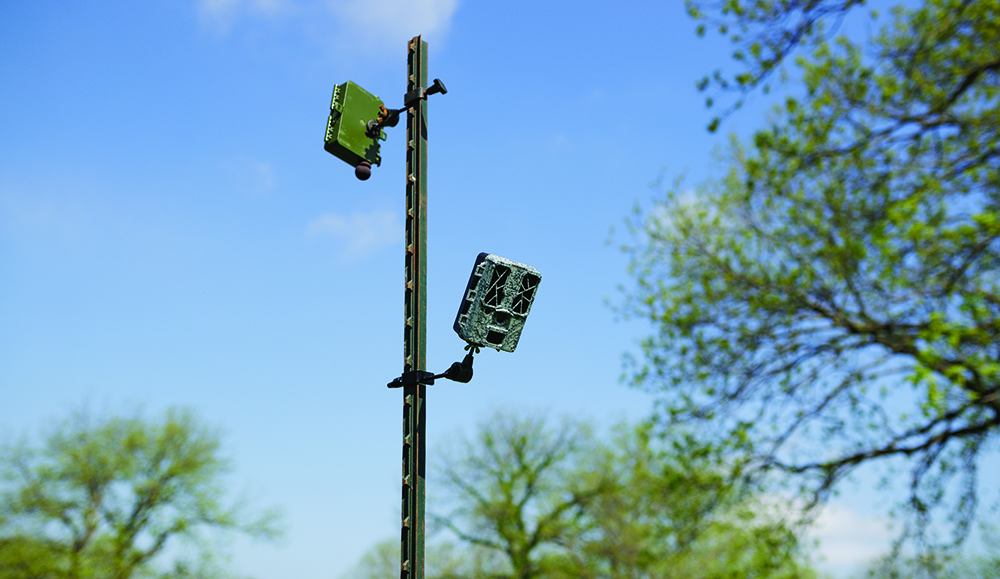
Snapshot USA
Snapshot USA is a large-scale initiative involving multiple organizations working together to monitor mammal populations across the U.S. The project recruits ecologists from universities and research institutions to deploy camera traps, track wildlife distribution and analyze trends over time. One of the primary goals of this project is to evaluate the impact of land management practices on wildlife populations, particularly regenerative practices like adaptive grazing, reforestation and planting diverse forage species.
Alan Sparks, a researcher at Noble, emphasizes the importance of this collaboration.
“We can see how land management impacts populations, whether clearing land or adjusting grazing methods,” he says.
The project’s gradual nature provides cumulative insights into long-term trends, enabling the tracking of wildlife recovery and shifts in species distribution linked to changes in land use.
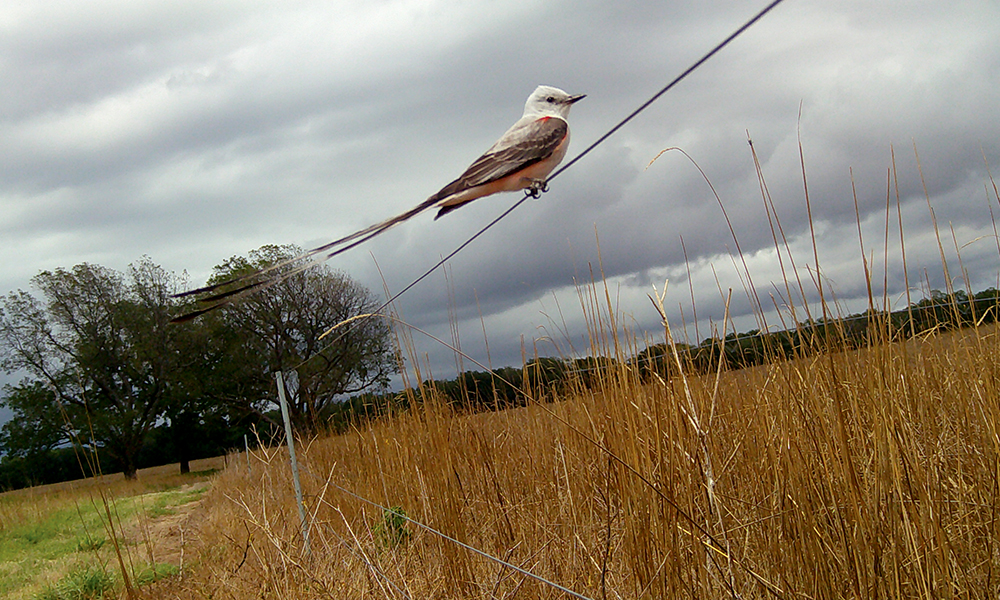
Positive early trends
At Noble, the transition to regenerative ranching has already shown positive results. While wildlife trends take years to materialize fully, there are early signs that the shift toward regenerative management practices is benefiting wildlife. One noticeable trend is the increase in deer populations. These animals are increasingly found on the ranches, likely due to improvements in forage quality and water availability.
Sparks explains this increase in deer is significant, as healthy populations of deer are often a key indicator of thriving ecosystems, where both vegetation and wildlife are supported by sustainable land management.
Along with deer, populations of other species like coyotes, raccoons and bobcats have also shown positive growth. From 2022 to 2024, Noble has seen a steady rise in wildlife detections across its three monitored ranches — Oswalt Ranch, Coffey Ranch and Red River Ranch. The data reveals an overall increase in wildlife detections per 100 trap nights, a key metric in the Snapshot USA project that measures wildlife activity.
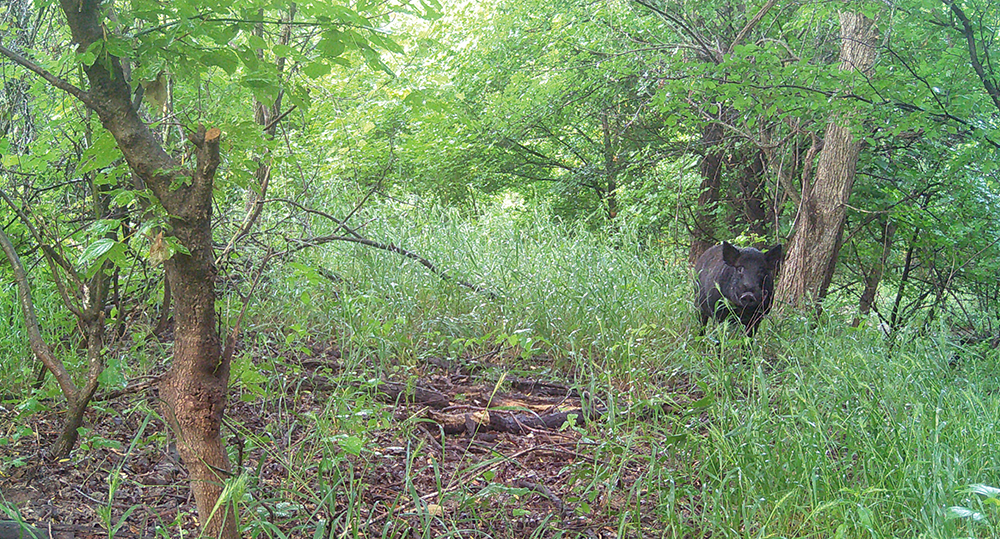
Examining the numbers
Once the cameras capture images, the data is uploaded to Wildlife Insights, a platform that uses artificial intelligence (AI) to help identify species in the photos. As the project progresses, the AI model becomes more accurate, refining its ability to identify animals based on the growing dataset. This technology speeds up data processing, helping researchers gain a clearer understanding of wildlife trends.
“We upload the data into Wildlife Insights, which uses AI to help identify species in the images,” Sparks says. “This platform not only helps us analyze the data, but it also improves the AI model with each new image.”
For example, the number of white-tailed deer detected per 100 trap nights increased by 18% at Oswalt Ranch. Similarly, sightings of bobcats increased by 25% at Red River Ranch, and raccoons showed a 12% increase. These trends highlight the positive effects of regenerative practices such as improved water management, increased forage diversity and the restoration of native plants.
Maps created from the data visually represent wildlife distribution across the ranches, with brighter colors indicating areas of higher activity. These maps allow researchers and ranchers to see how wildlife utilizes different parts of the ranches, which can inform land management decisions.
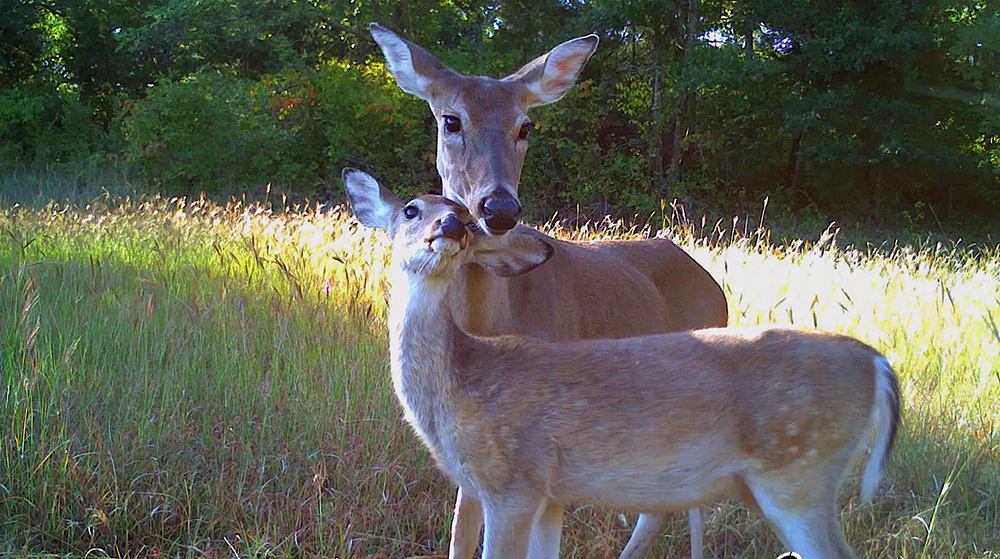
Practical applications for ranchers
While the Snapshot USA project provides valuable insights on a national scale, the data also has practical applications for ranchers and land managers who want to track wildlife on their own operations. By installing trail cameras, ranchers can monitor wildlife populations, track biodiversity and assess how their land management practices are impacting the ecosystem. This data can help make informed decisions about grazing, water management and wildlife conservation.
Curtis Larson, the ranch manager at Noble’s Coffey Ranch, shares how trail cameras have been an effective tool for tracking wildlife and guiding land management decisions.
“We use cameras to monitor wildlife — whether it’s wild hogs, predators like coyotes, or deer that are affecting our cover crops,” Larson explains. “By understanding where wildlife is most active, we can make better decisions about grazing schedules, adjust our management practices and even reduce conflicts between humans and wildlife.”
Beyond wildlife monitoring, Larson emphasizes that trail cameras are invaluable for tracking and monitoring other key resources, such as water sources. For example, Coffey Ranch has a remote water tank that can sometimes be difficult to monitor without constant in-person checks. With a trail camera placed over the water source, Larson can remotely monitor the water levels, ensuring that his cattle always have access to water.
“Instead of having to worry about whether the cows are out of water, I put a camera over it and watch it,” he says. “If there’s a problem with the water supply, like a pump failure or low levels, I can address it right away without having to be physically present all the time.”
This use of cameras to monitor water sources is particularly valuable during the summer months, when water needs are critical. Larson also shared how cameras can help ensure the functionality of windmills and solar pumps, which might otherwise go unnoticed if a problem arises.
“When we put cows on a new pasture with a solar-powered water tank, I set up a camera there to monitor the system. If something’s wrong, I can fix it immediately before it becomes a bigger issue,” he explains.
This type of monitoring gives ranchers peace of mind and ensures that their livestock always have access to the resources they need. It also helps reduce labor time and costs associated with frequent checks on remote water sources. As Larson notes, “It’s a huge time-saver and a way to monitor without constantly being on-site.”
For Larson, trail cameras provide more than just a tool for wildlife management — they’re an essential part of keeping all aspects of the ranch running smoothly, from livestock care to resource management. Whether it’s tracking wildlife movement or ensuring water availability, trail cameras have proven to be a versatile and invaluable tool for improving ranch operations.
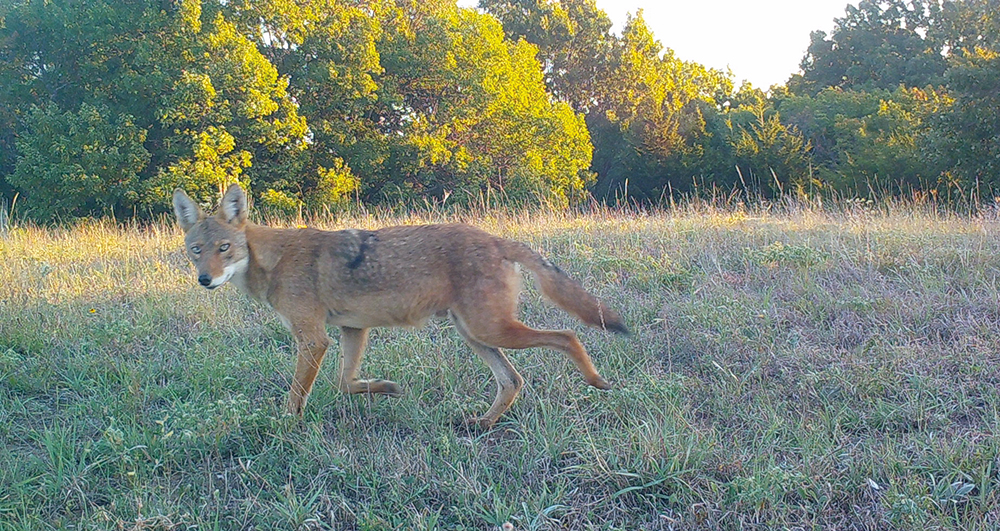
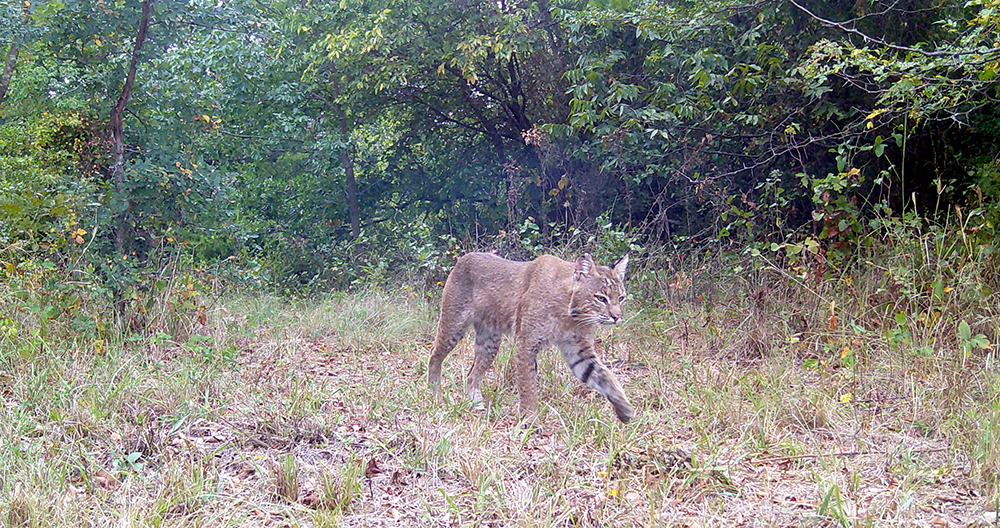
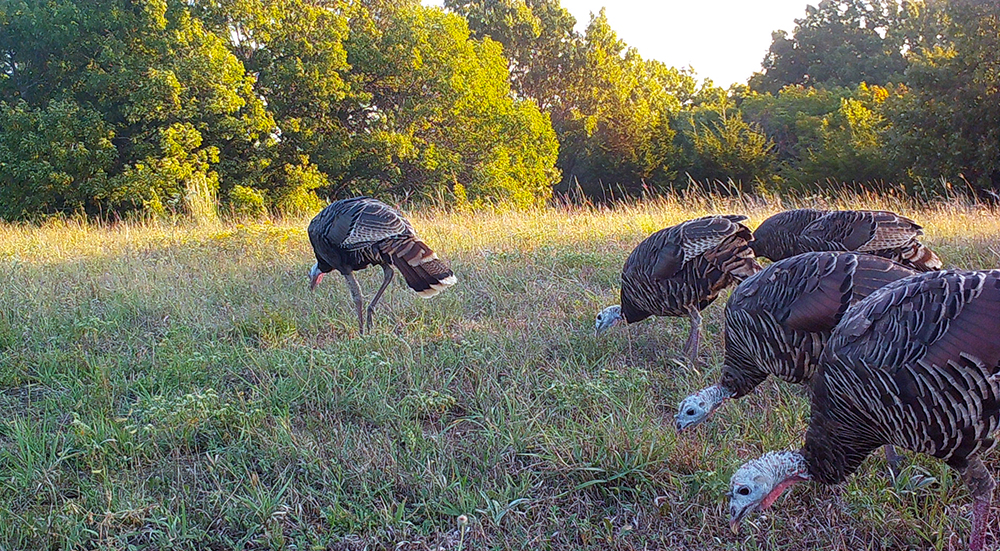
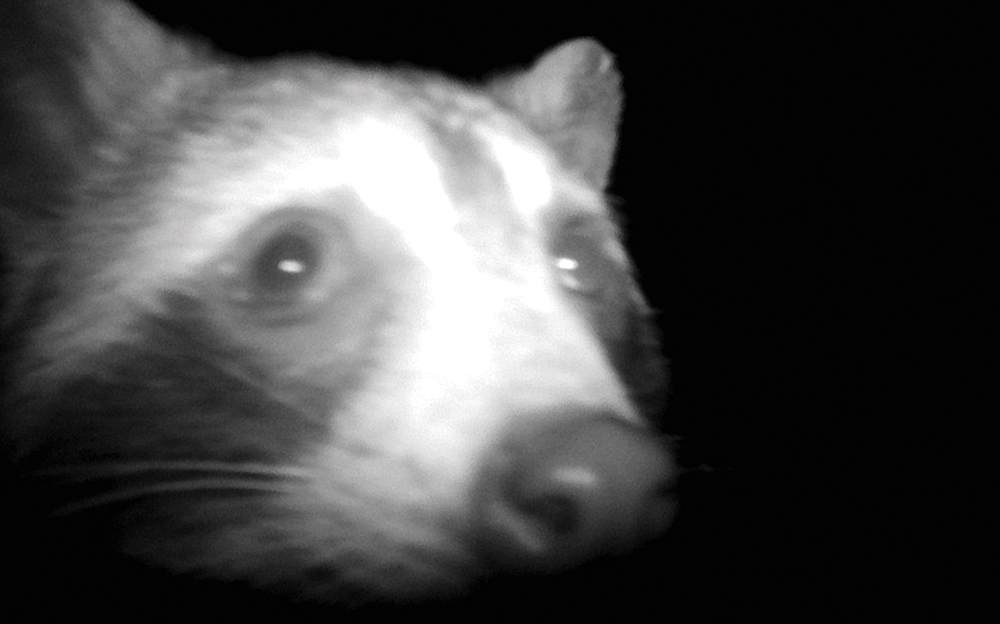
The gradual change
As Sparks points out, wildlife changes are gradual, and it could take years to see significant trends. However, the early data suggests that regenerative management practices are improving soil health, vegetation and wildlife populations.
The gradual nature of these changes emphasizes the importance of long-term land stewardship.
“What we’re seeing is positive, and it’s exciting to know we’re contributing to a larger effort to track and protect wildlife,” he says.
The Snapshot USA project at Noble Research Institute isn’t just about tracking wildlife; it’s about understanding the interconnectedness of land management, wildlife and ecosystem health. By monitoring wildlife populations through trail cameras and analyzing the data, Noble demonstrates how regenerative management practices lead to healthier ecosystems and more abundant wildlife populations.
For ranchers, using trail cameras to monitor wildlife provides invaluable insights into the health of their land and offers a tool for sustainable land management. As more ranchers adopt regenerative principles and use technology like trail cameras, the collective impact on biodiversity will become clearer. Through its participation in Snapshot USA, Noble is contributing to a national conservation effort and providing a model for ranchers interested in integrating wildlife monitoring into their own operations. By embracing regenerative management practices and using technology to monitor wildlife, ranchers can make decisions that benefit their land and the wildlife that share it.


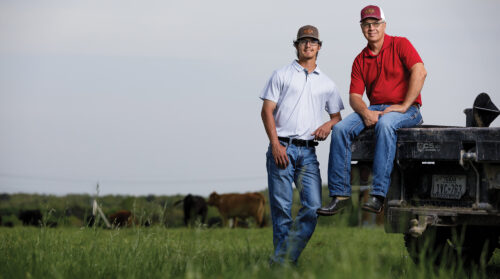
Comment